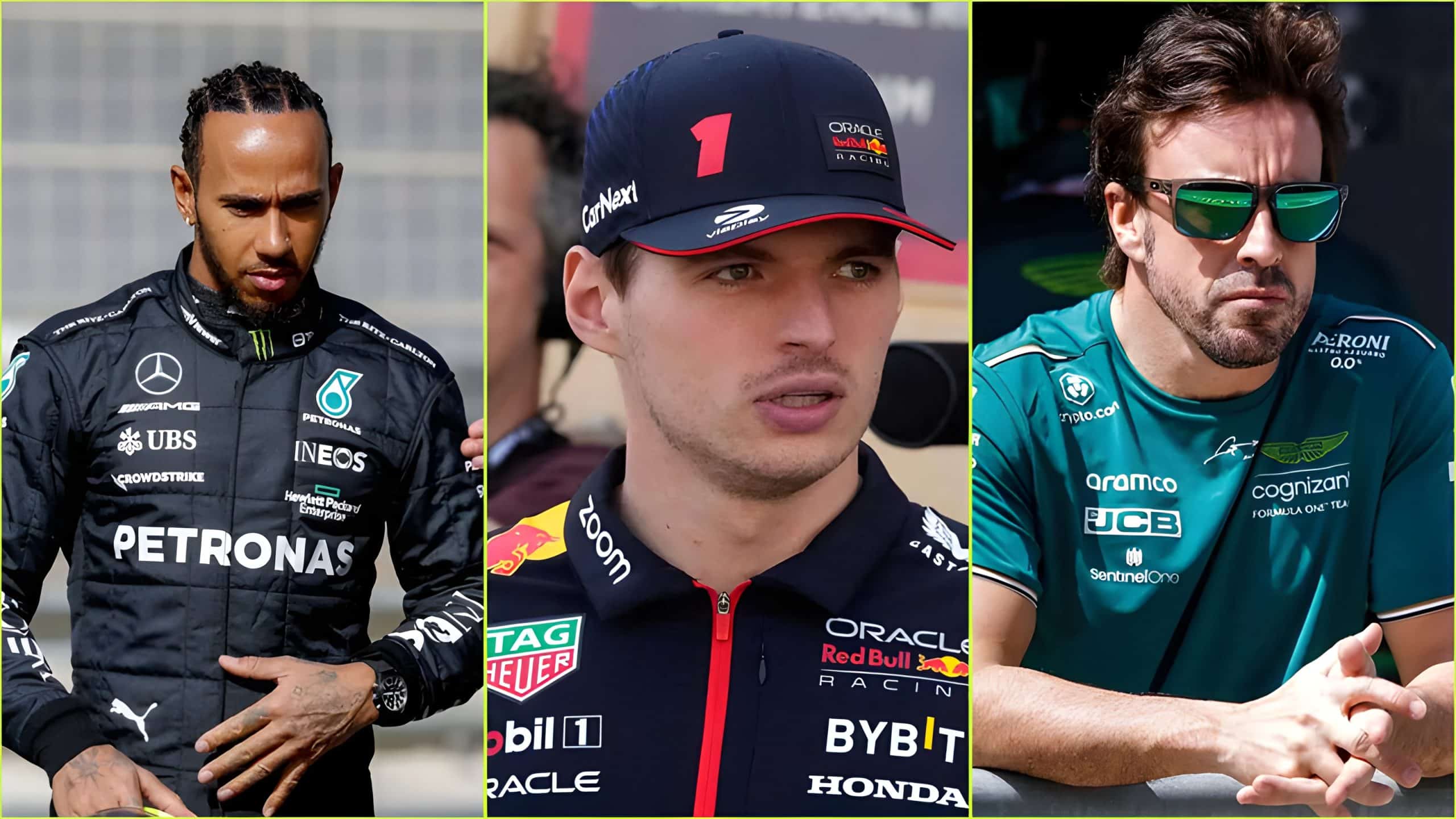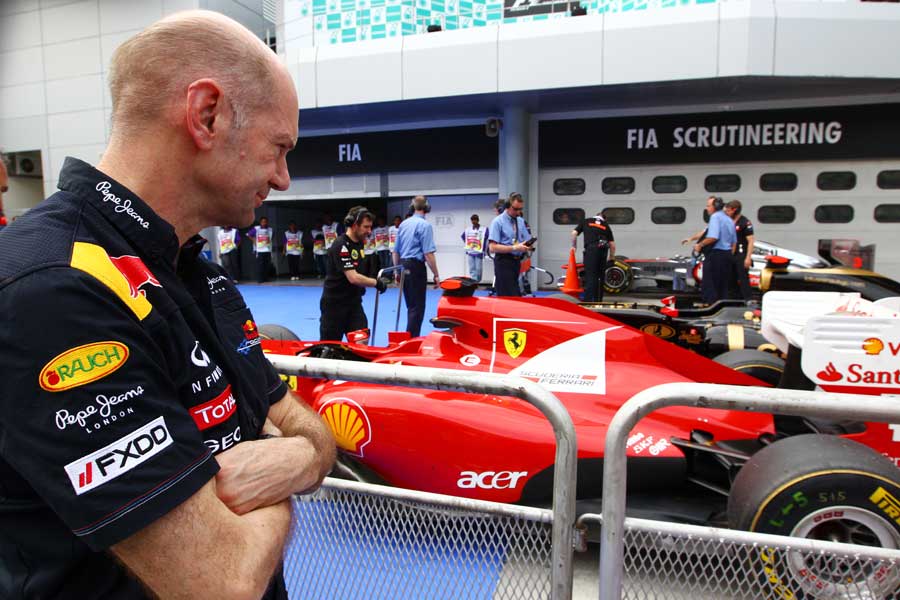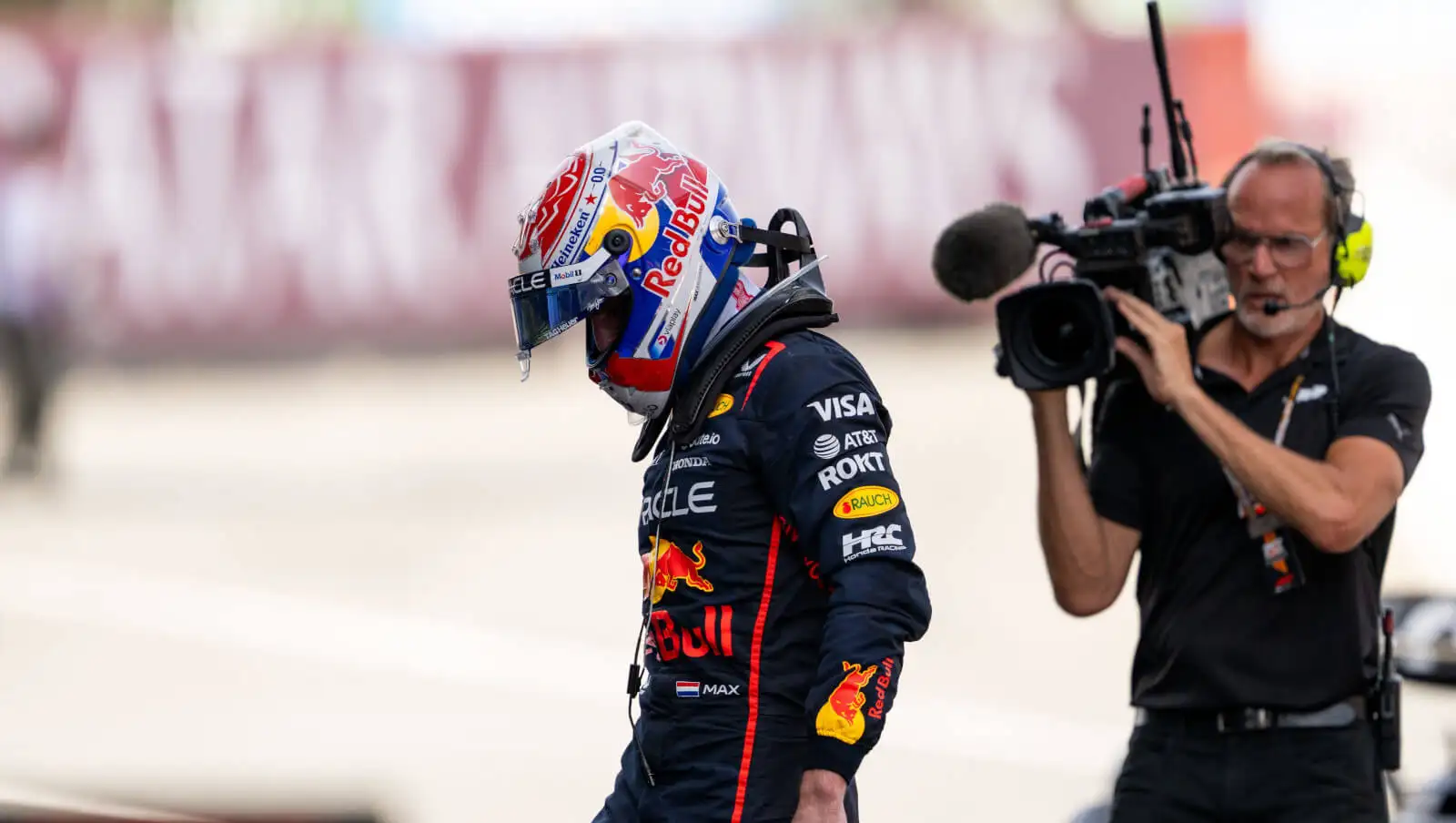In recent years, Formula One cars have bulked up significantly, packing on the pounds since the mid-90s. Back in 1995, the minimum weight of the car including the driver was set at 595kg. Fast forward to 2014, and the introduction of the V6 turbo hybrids saw an additional 52kg added in just one year. By 2024, these speed demons weigh a hefty 798kg with the driver and 898kg when fully fueled.
Today, the FIA announced new regulations for 2026, claiming that the goal is to make the cars more ‘nimble.’ The wheelbase will be reduced from 3600mm to 3400mm, and the cars will slim down from 2000mm to 1900mm in width. The floor width will also see a decrease by 150mm, which will eliminate the less aesthetically pleasing protruding parts we currently see.
The 18-inch wheels introduced in 2022 will remain, but the front and rear tyres will be narrower by 25mm and 30mm respectively to maintain grip levels. The biggest aerodynamic changes aim to reduce downforce by 30% and drag by 55%, and the DRS system will be eliminated. Instead, moveable aero elements on the front and rear wings will help reduce dirty air and improve overtaking. Additional changes include the removal of the beam wing and wheel arches, and new ‘inwashing’ wake control boards in front of the side pods to manage airflow better.
Another major change involves the ‘Z-mode’ and ‘X-mode’ for moveable wings, aimed at increasing cornering speeds and reducing drag on straights. Ground effect technology, which contributes to around 50% of the current downforce, will be minimized by returning to partially flat floors. This will phase out ultra-stiff suspensions and low ride heights.
Safety is also getting an upgrade with a two-stage front impact structure and enhanced protections against side intrusions. The roll hoop’s load capacity will increase from 16G to 20G, and the rear wing endplate lights will be brighter during electrical power harvesting.
Nikolas Tombazis, FIA’s single-seater director, commented, ‘With this set of regulations, the FIA has sought to develop a new generation of cars that are fully in touch with the DNA of Formula 1.’ He emphasized that these ‘lighter cars’ will be more powerful and require increased driver skill. FIA president Mohammed Ben Sulayem added that the aim was to produce a car suitable for the future of F1’s elite category.
A significant change will be seen in the power units, which will have a 300% increase in battery output and a balanced 50/50 ratio between the internal combustion engine and electrical output. However, there are some concerns that the traditional engines will sometimes act as generators for electrical power, which seems counterintuitive to some.
In addition, new regulations will introduce 100% sustainable fuel and a ‘push to pass’ feature, similar to IndyCar, to attract new manufacturers. Commitments have already been made by Ferrari, Mercedes, Renault, Honda, Audi, and Red Bull Ford Powertrains.
Stefano Domenicali, Liberty Media’s CEO of F1, hailed these regulations as a ‘significant moment’ for the future of the sport. He believes the new hybrid power unit presents a tremendous opportunity for global automotive industries to drastically cut emissions by using sustainable fuel.
However, the idea of ‘nimble’ cars has been met with skepticism. Shedding just 30 kilograms, reducing the car’s weight to 768kg, makes them only 3.8% lighter. In races like the Monaco Grand Prix, this marginal reduction won’t make a significant difference in overtaking opportunities.
Despite the claims of producing more agile and faster cornering cars, the new regulations may not entirely live up to the ‘nimble’ promise. Only time will tell if these changes will indeed enhance the F1 racing experience.
While the FIA’s 2026 regulations aim to shake things up with promises of nimble and cutting-edge cars, the minimal weight reduction brings the effectiveness of these changes into question. Fans and teams alike will be eager to see if these new rules can truly deliver on their ambitious claims.







